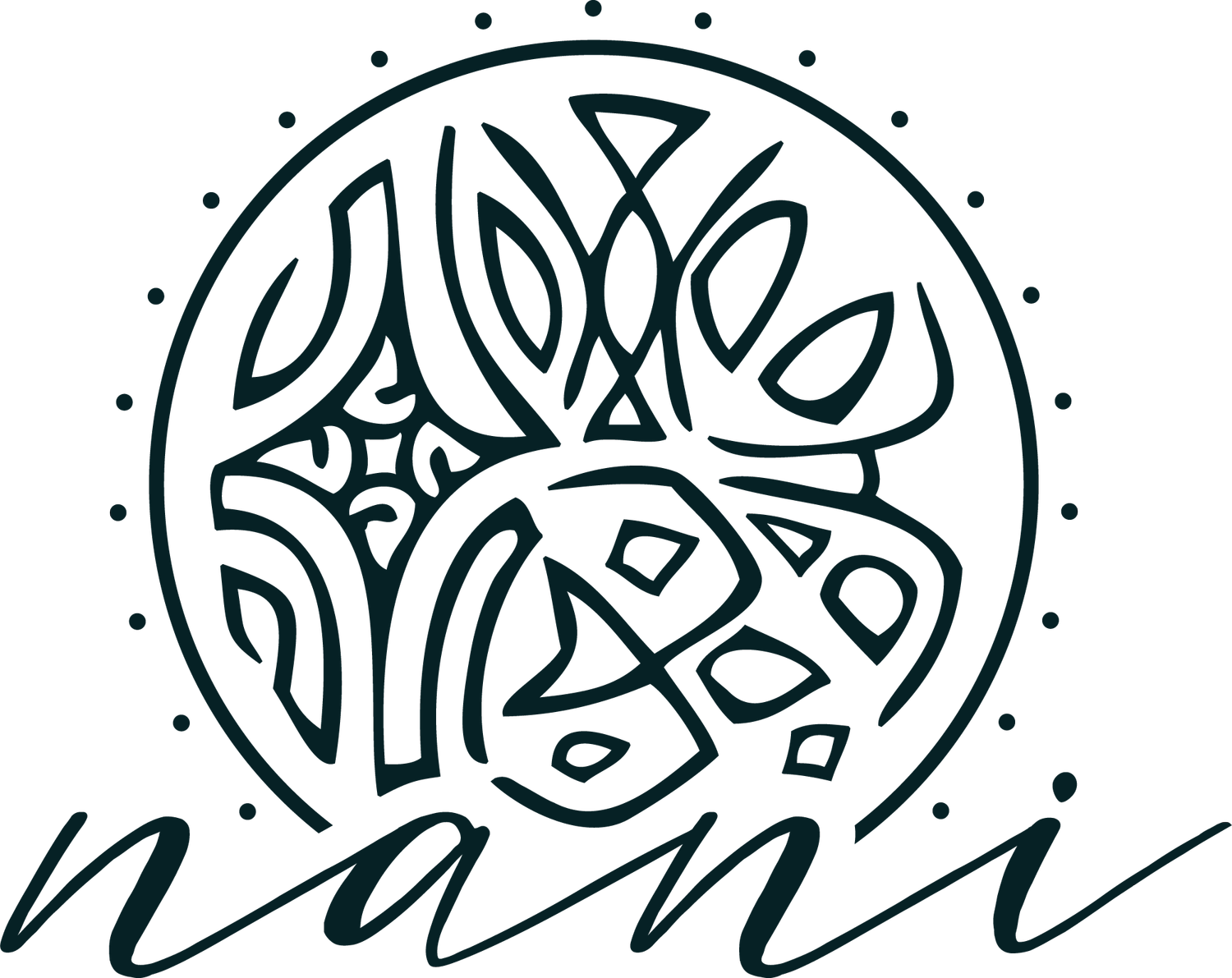Heiva I Tahiti
The energy of thousands of ‘ori tahiti1 dancers, the mystic songs sang by the pupu hīmene2, the scents and colors of the flower crowns worn by performers and spectators alike… welcome to Heiva i Tahiti ! Every year in July, Polynesians burst with excitement as they welcome their largest and most popular event, a month-long festival to celebrate the Tahitian culture through traditional dance, music, sports, crafts and more.
The origins of Heiva I Tahiti
Polynesians have inhabited their Pacific islands for thousands of years. As far as history goes back, dancing, singing and all the other art forms performed during today’s Heiva i Tahiti were part of the daily lives of Polynesians. Most of the time, these traditions were performed during special events such as rituals or festivities. When European settlers arrived in French Polynesia in the late 18th century, many aspects of the Polynesian culture were prohibited as they were considered incompatible with the new religion brought in by Protestant missionaries.
The history of Heiva i Tahiti starts in 1881, when Tahiti and her Islands officially became French territories. Polynesian cultural demonstrations were allowed as part of the French National Holiday held every year on July 14th.
An expression of the Polynesian identity
Since its beginnings in 1881, Heiva i Tahiti has evolved alongside the Polynesian people. If the hīmene —Tahitian singing— were always present, ’ori tahiti, long considered offensive by the French administration, was only fully reintegrated in the 1950s.
Dancing and singing competitions are the beating heart of Heiva i Tahiti. Dozens of pupu ‘ori3 and pupu hīmene compete for several weeks at To’ata, French Polynesia’s largest performance hall. The theme written by the group’s author is the thread that guides every aspect of the performance: the lyrics and melodies of the songs, the design of the costumes, the technical moves executed by the dancers, the staging, and more. Quite often, the themes chosen narrate an ancient legend or story that is specific to a district of French Polynesia. By reenacting these legends, the performers and the audience alike gain knowledge about their own cultural heritage.
Alongside the dancing and singing competitions, Heiva i Tahiti is an opportunity to gather, celebrate and perpetuate many other aspects of the Polynesian culture.
As a result, for over sixty years, umu ti, a fire walking ceremony, has opened the heiva festivities. Every year, tahu’a4 Raymond Teriierooiterai Graffe performs a ritual were people can walk safely on a 2000°C heated bed of stones.
Right after the dancing and singing competitions are finished, traditional sports competitions take over. Since 2003, athletes from the Polynesian triangle compete during Tu’aro Mā’ohi in categories such as coconut climbing, stone lifting, coconut shelling, fruit carrier races and va’a tā’ie5 regattas. Traditional outrigger competitions —va’a— bring together hundreds of men, women and teenagers. Since 2018, horse races with a Polynesian twist have also found their way back into the July festivities.
Finally, the grand Polynesian festival wouldn’t be complete without showcasing the fine arts and crafts of the Polynesian craftsmen during Heiva Rima’i, a month-long exhibit were people can buy and learn from artisans themselves.
Fun facts
Before being named Heiva i Tahiti, the festival was known as Tiurai, the Tahitian word for the month of July. It in only in 1985, when French Polynesia gained autonomy from France, that the name was changed to Heiva i Tahiti. The word heiva can translate to “celebration of life”.
Heiva i Tahiti is, by far, the most iconic of all Tahitian cultural festivals. However, in the past decades, the international ‘ori tahiti community has grown extensively which has led to the birth of many festivals similar to Heiva i Tahiti around the world: Heiva i Tokyo, Heiva San Diego, Heiva i Paris, etc.
1’Ori tahiti : Tahitian dance
2Pupu hīmene : Tahitian singing group(s)
3Pupu ‘ori : Tahitian dancing group(s)
4Tahu’a : Expert in an ancestral discipline
5Va’a tā’ie : Traditional sailing canoe
More info : www.heiva.org
